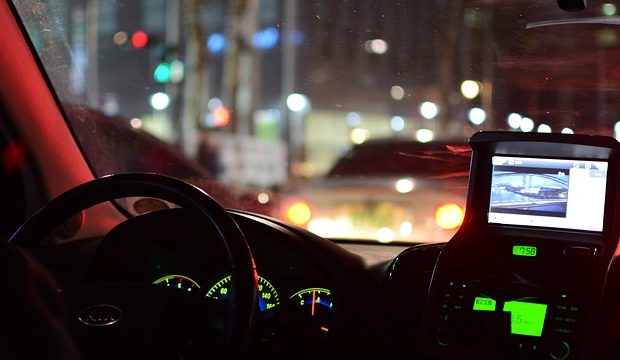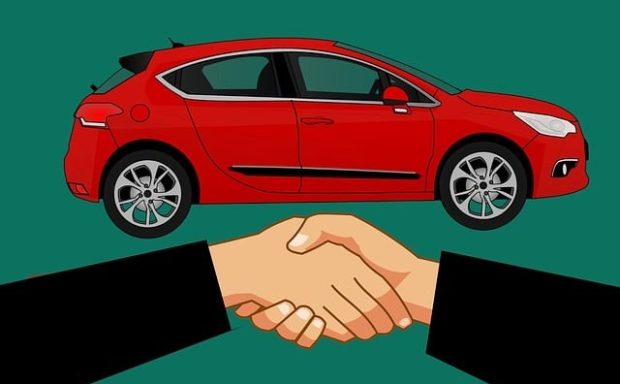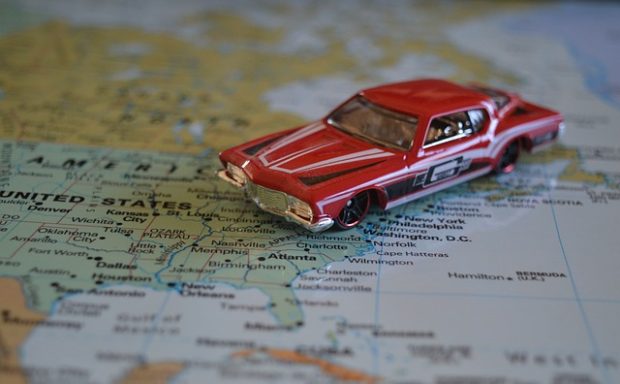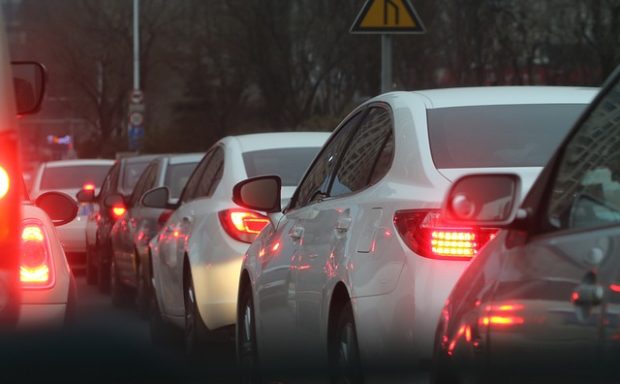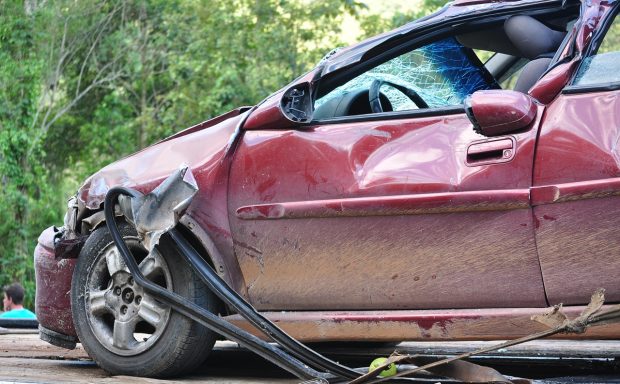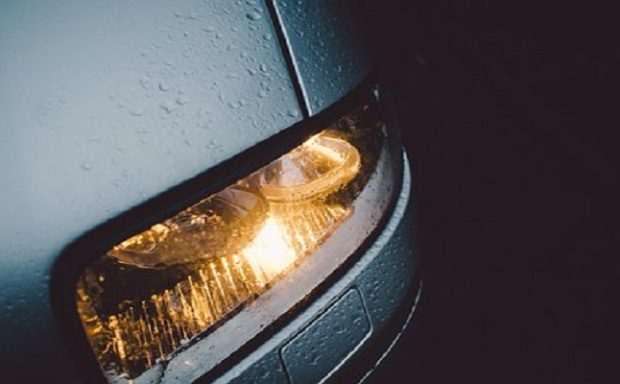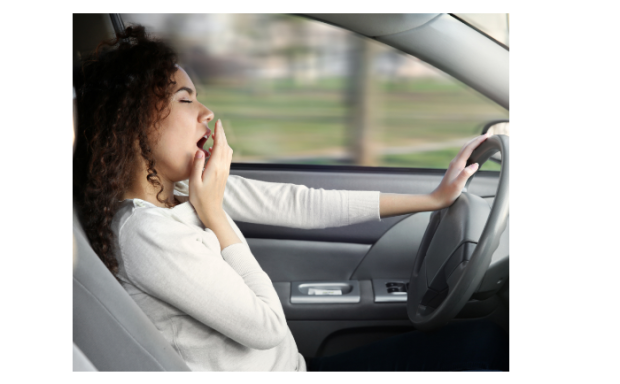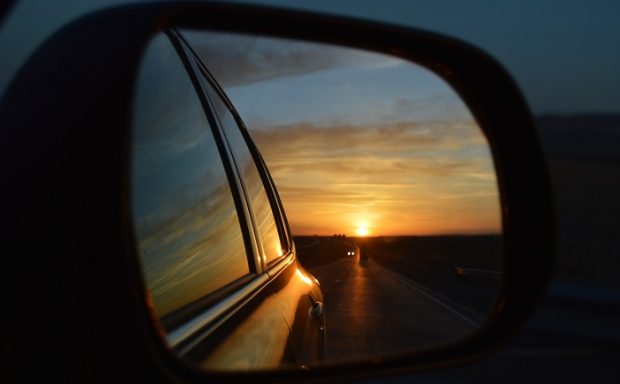10 Critical Tips for Safe Night Driving
Driving at night can present unique challenges and hazards due to decreased visibility. To ensure safe night driving, here are 10 critical tips to keep in mind:
- Ensure proper vehicle maintenance: Regularly check and maintain your vehicle’s headlights, taillights, turn signals, and windshield wipers to ensure they are in optimal working condition.
- Clean your windshield and mirrors: Dirt, smudges, and streaks on your windshield and mirrors can amplify glare from oncoming headlights. Clean them thoroughly before driving at night.
- Adjust your headlights: Make sure your headlights are correctly aligned, providing adequate illumination without blinding other drivers. Check if the high and low beams are working correctly.
- Dim your dashboard lights: Bright dashboard lights can hinder your vision, so dim them or adjust their brightness to reduce glare while driving at night.
- Avoid looking directly at oncoming headlights: When faced with oncoming traffic, focus your gaze on the right side of the road to prevent temporary night blindness caused by intense headlights.
- Increase following distance: Maintain a greater following distance than you would during daylight hours. This gives you more time to react to any sudden stops or obstacles on the road.
- Reduce speed: Driving at a slower speed allows you to have better control over your vehicle, especially when visibility is compromised. Adjust your speed to match the conditions and traffic flow.
- Use your high beams judiciously: When driving on dark, unlit roads, use your high beams to enhance your visibility. However, remember to dim them when approaching other vehicles to avoid blinding the drivers.
- Stay focused and avoid distractions: Minimize distractions inside your vehicle, such as phone usage or adjusting music controls. Stay attentive and focused on the road ahead to react to any potential hazards.
- Take regular breaks: Night driving can be more mentally and physically exhausting than daytime driving. If you’re feeling tired or drowsy, pull over to a safe location and take a break to rest and recharge.
Remember, each driving situation is unique, and it’s important to adapt to the road conditions and traffic around you. By following these tips, you can enhance your safety and the safety of others when driving at night.

